Lemon Coral Sedum Companion Plants That Will Make Your Garden Pop
Lemon Coral Sedum Companion Plants That Will Make Your Garden Pop
Lemon Coral sedum is a versatile and easy-care plant that can add a touch of brightness to any garden. It's also drought-tolerant and heat-loving, making it a great choice for sunny spots. If you're looking to add some Lemon Coral sedum to your garden, you'll need to choose the right companion plants. Here are a few of our favorites:
- Lavender. Lavender is a classic companion plant for Lemon Coral sedum. The two plants have similar growing requirements and will complement each other's colors. Lavender's purple flowers will add a pop of color to Lemon Coral sedum's chartreuse foliage.
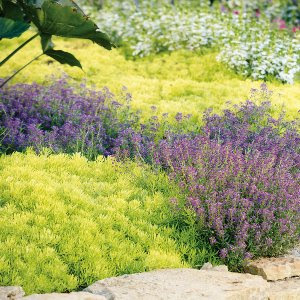
- Alyssum. Alyssum is another low-maintenance plant that can be paired with Lemon Coral sedum. It's a fast-growing annual that produces small, white flowers. Alyssum will help to fill in any gaps in your garden and will attract pollinators.

- Coral bells. Coral bells are a type of perennial that produces bell-shaped flowers in shades of pink, red, and white. They're a good choice for shady spots and will help to add some height and interest to your garden.

- Zinnias. Zinnias are a colorful annual that blooms from summer to fall. They're a great choice for sunny spots and will add a touch of whimsy to your garden.
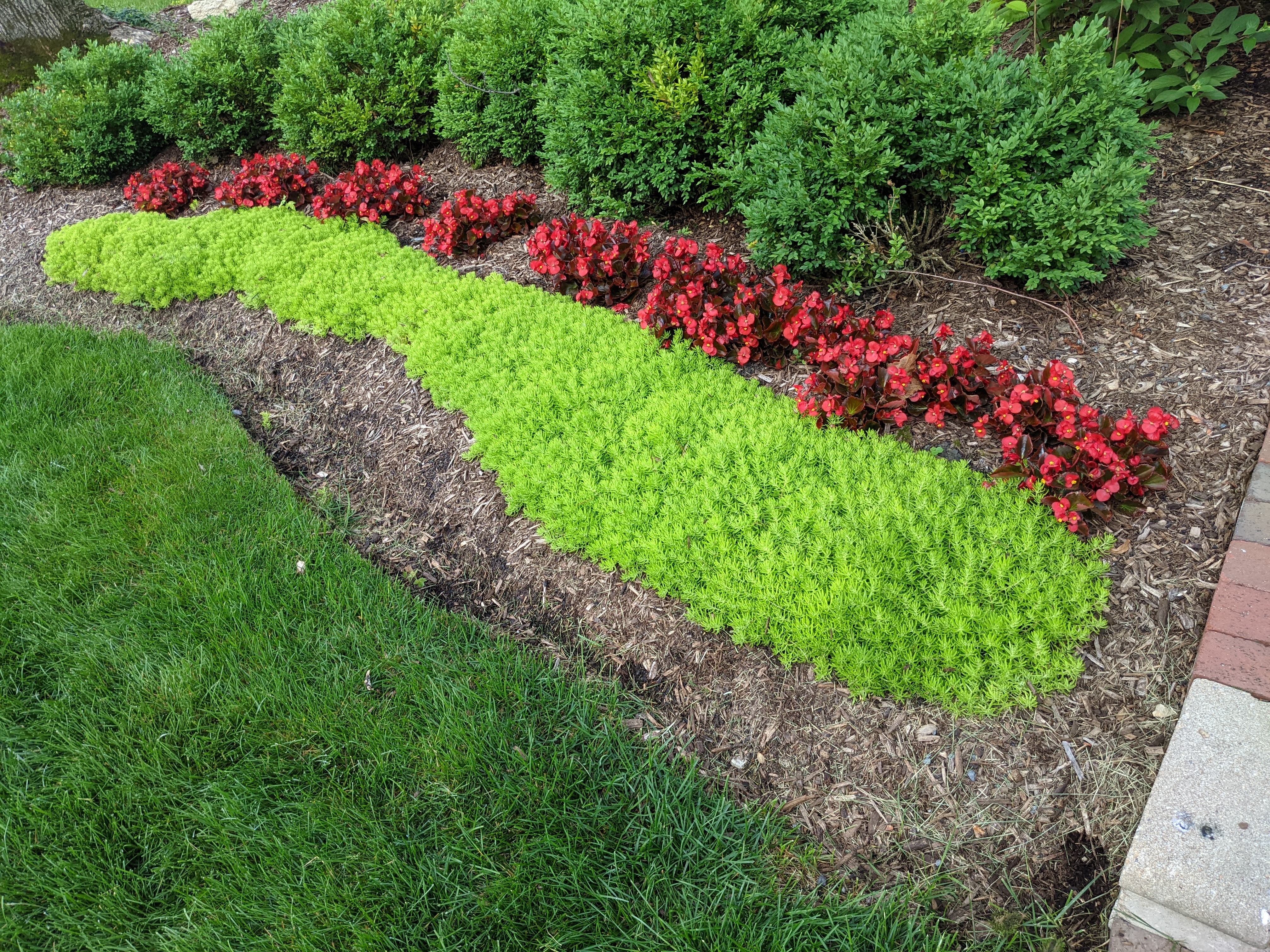
- Salvia. Salvia is a drought-tolerant perennial that produces spikes of blue, purple, or white flowers. It's a good choice for sunny spots and will attract pollinators.

When choosing companion plants for Lemon Coral sedum, it's important to consider the plant's growing requirements. Both plants should have similar water and sunlight needs. You'll also want to consider the plant's size and shape. Lemon Coral sedum is a low-growing plant, so you'll want to choose companion plants that won't overshadow it.
With a little planning, you can create a beautiful and vibrant garden with Lemon Coral sedum and its companion plants.
In addition to the companion plants listed above, here are a few other options that you may want to consider:
- Creeping Jenny. Creeping Jenny is a low-growing groundcover that can add a touch of softness to your garden. It's tolerant of both sun and shade and will help to suppress weeds.

- Dusty Miller. Dusty Miller is a silvery-leaved plant that can add some contrast to Lemon Coral sedum's chartreuse foliage. It's drought-tolerant and heat-loving, making it a good choice for sunny spots.
- Coneflower. Coneflower is a tall, stately perennial that produces daisy-like flowers in shades of purple, pink, and white. It's a good choice for sunny spots and will attract pollinators.
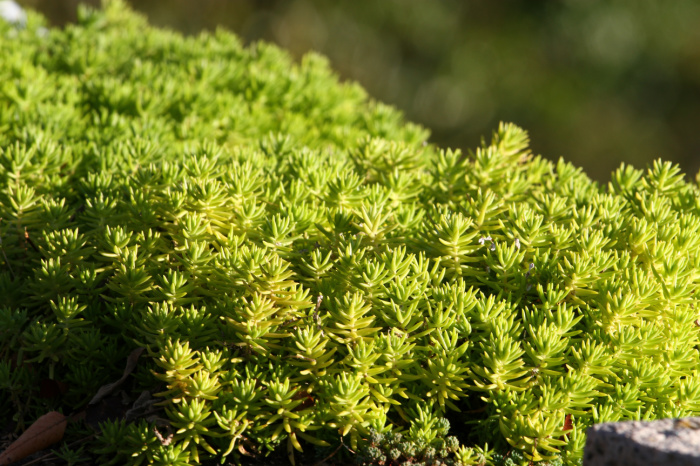
- Echinacea. Echinacea is another tall, stately perennial that produces daisy-like flowers. It's a good choice for sunny spots and is known for its medicinal properties.

- Yarrow. Yarrow is a low-growing perennial that produces clusters of small, white flowers. It's a good choice for sunny spots and is drought-tolerant.
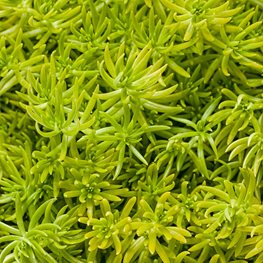
No matter which companion plants you choose, you're sure to add some beauty and interest to your garden with Lemon Coral sedum.
Lemon coral sedum is a beautiful and versatile plant that can add a splash of color to any garden. It's also relatively low-maintenance, making it a great choice for busy gardeners. But what about companion plants? What other plants can you pair with lemon coral sedum to create a stunning and harmonious display?
If you're looking for companion plants that will complement the lemon coral sedum's bright chartreuse foliage, you might want to consider plants with purple or blue flowers. For example, you could pair lemon coral sedum with lavender, salvia, or agapanthus. You could also try pairing it with plants with white or yellow flowers, such as petunias, marigolds, or daisy fleabane.
If you're looking for companion plants that will have similar growing conditions to lemon coral sedum, you might want to consider other succulents. For example, you could pair it with aloe vera, kalanchoe, or crassula ovata (jade plant). You could also try pairing it with drought-tolerant annuals, such as portulaca or verbena.
No matter what type of companion plants you choose, make sure to do your research to make sure they will be compatible with lemon coral sedum's growing conditions. You should also consider the size and shape of the plants when making your selections. For example, if you're planting lemon coral sedum in a container, you'll need to choose companion plants that will not outgrow the space.
To learn more about lemon coral sedum companion plants, I recommend visiting Gardenia Inspiration. This website has a wealth of information on a variety of gardening topics, including companion planting. You can also find photos and illustrations of different companion plants, which can help you visualize how they would look together in your garden.
FAQ of lemon coral sedum companion plants
- What are some good companion plants for lemon coral sedum?
Lemon coral sedum is a low-maintenance succulent that is tolerant of heat, drought, and poor soil. It makes a great groundcover or border plant, and can also be grown in containers. Some good companion plants for lemon coral sedum include:
- Other succulents, such as aloe vera, kalanchoe, and yucca
- Perennials, such as lavender, rosemary, and thyme
- Annuals, such as marigolds, petunias, and sunflowers
- Grasses, such as ornamental miscanthus and fountain grass
- What are the benefits of planting companion plants with lemon coral sedum?
There are several benefits to planting companion plants with lemon coral sedum. Companion plants can help to:
- Improve the appearance of your garden
- Attract pollinators, such as bees and butterflies
- Help to deter pests and diseases
- Provide shade and shelter for lemon coral sedum
- Improve the drainage and aeration of the soil
- How far apart should lemon coral sedum and its companion plants be planted?
The spacing between lemon coral sedum and its companion plants will depend on the size of the plants. For example, if you are planting lemon coral sedum as a groundcover, you will need to space the plants about 6 inches apart. If you are planting lemon coral sedum in a container, you will need to choose a container that is large enough for the plant to spread out.
- When should I plant lemon coral sedum and its companion plants?
Lemon coral sedum and its companion plants can be planted in the spring or fall. If you are planting in the spring, make sure that the soil has warmed up enough. If you are planting in the fall, make sure that the soil has not yet frozen.
- How do I care for lemon coral sedum and its companion plants?
Lemon coral sedum and its companion plants are relatively low-maintenance. They need full sun and well-drained soil. Water them regularly, but avoid overwatering. Fertilize them once a year in the spring with a balanced fertilizer.
Image of lemon coral sedum companion plants
5 different images of "lemon coral sedum companion plants" from Pinterest:
- Aloe vera is a drought-tolerant plant that can help to keep the soil in your lemon coral sedum bed moist. It also produces oxygen at night, which can help to improve the air quality in your garden.

- Lavender is another drought-tolerant plant that can help to attract beneficial insects to your garden. It also has a lovely fragrance that can help to create a relaxing atmosphere.
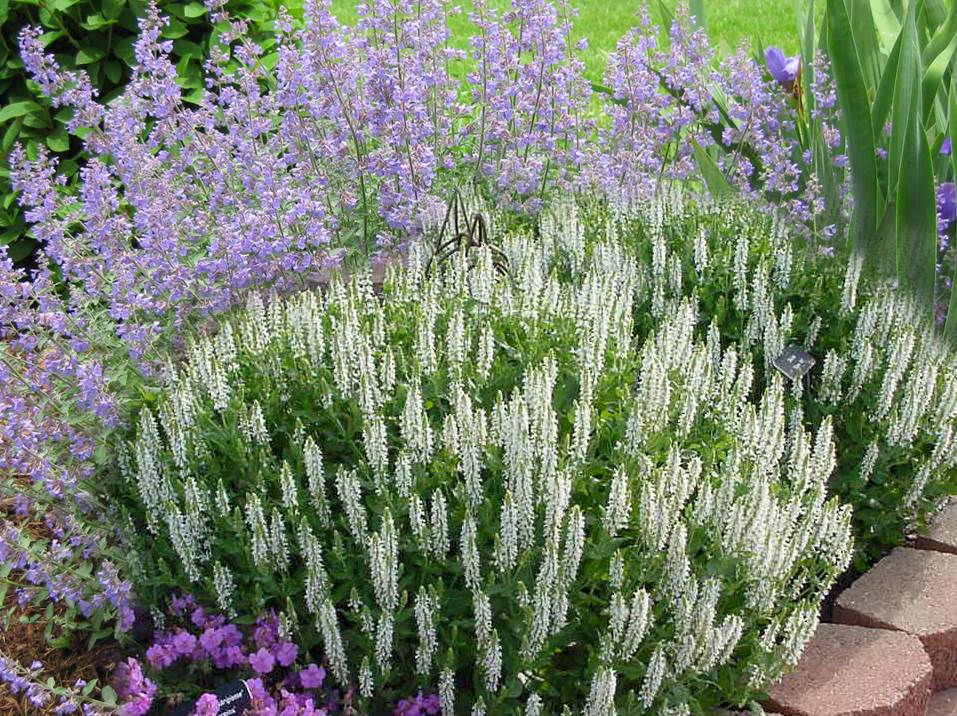
- Yarrow is a hardy plant that can tolerate a wide range of soil conditions. It also blooms for a long period of time, providing color and interest to your garden from early summer to late fall.

- Coneflower is a tall, showy plant that can add height and drama to your garden. It is also a nectar source for butterflies and other pollinators.

- Echinacea is a native American plant that is known for its medicinal properties. It is also a beautiful addition to any garden, with its daisy-like flowers and spiky foliage.

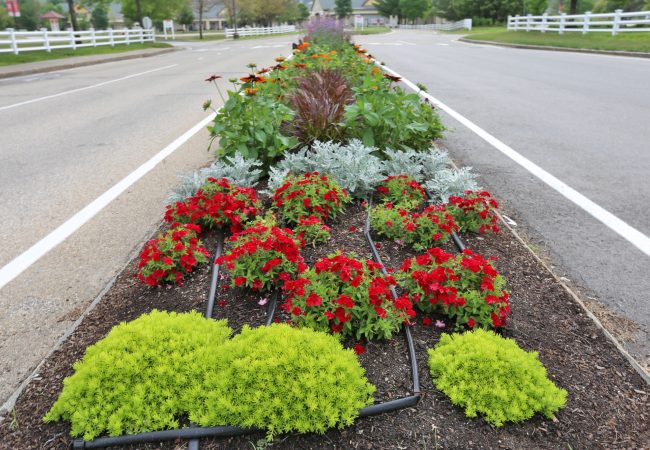
Post a Comment for " Lemon Coral Sedum Companion Plants That Will Make Your Garden Pop"